Automatically Align Sales and Marketing with Email Tracking
Email tracking? Isn’t that just about open rates for our monthly email newsletter?
I’ve got news for you. Unless you implement dynamic email tracking throughout the customer lifecycle, your sales and marketing will never be aligned. Today’s integrated email analytics make in-depth, responsive tracking easy and affordable. So why are so many businesses still stuck in the dark ages of email tracking?
Email Tracking for the Customer Lifecycle
Customers are unique, but today’s buyers all have one thing in common: they demand full-cycle engagement. If you aren’t using email tracking to automatically align sales and marketing throughout the customer lifecycle, you’re missing out on a huge chunk of potential business. And even if you are acquiring customers, they might be the wrong customers.
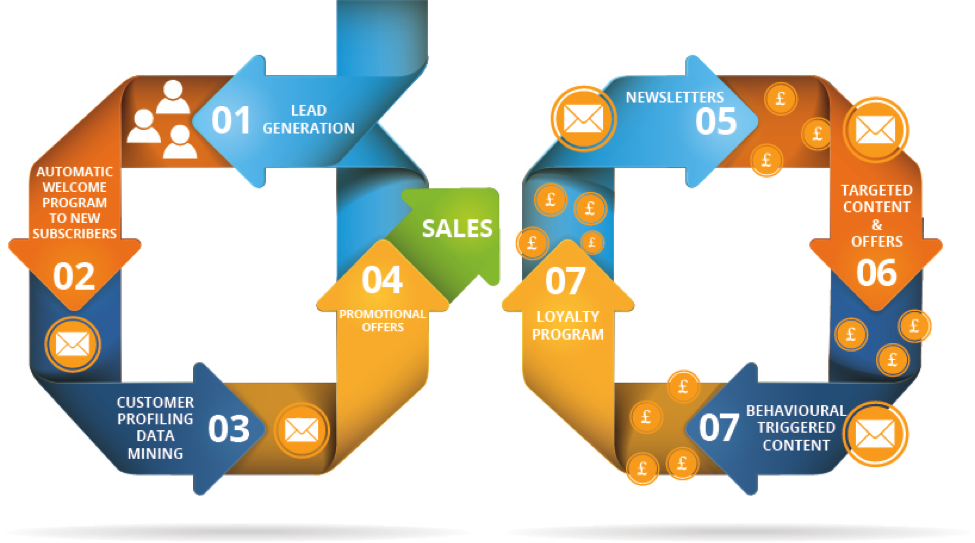
I love the above infographic from UK-based Relative Marketing & Creative because it illustrates how sales and marketing processes should be continuous loops, each with their own email cycles and the possibility of moving between the loops at any time.
With marketing automation that includes email tracking, it’s up to the customer to take the leap — leads are empowered to make the move from marketing to sales — while you can focus on using that email tracking data to constantly improve your messaging and engagement, automatically aligning sales and marketing in the process.
Smarter Marketing
Do catchy headlines really warrant statistics segregated from the rest of a company’s customer analytics? Just because you like a company’s email newsletter — maybe it’s that one newsletter you open weekly, every time they send it — are you really more likely to buy their products or spread the good word about their brand? Or are you more likely to make a purchase when a personalized email arrives in your inbox with a discount on an item you’d been considering buying all week? If you’re active on social media, do customer success reps interact with you on Twitter at just the right time in the buying cycle?
I could go on…but you get the point.
Customers respond to different things. Marketing automation with email tracking lets you figure out both what customers want to hear and how they want to hear it.
Implementing email tracking for the marketing cycle is a repeatable three-step process:
- Figure Out What Customers Want: Use A/B tests and marketing automation campaigns with email open and link tracking to understand what messaging customers respond to. It’s not always about finding a one-size-fits-all answer. Sometimes different product stories will work well for different personas. Custom tracking lets you figure this out.
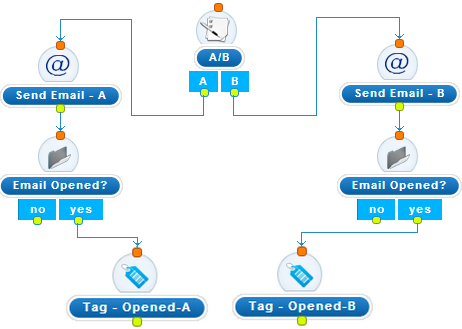
- Learn How They Want to Hear About It: Do leads click on general information about your company, or specific features or updates? Do they prefer weekly emails with discounts based on their web browsing behavior? Email tracking helps you drill down to the heart of customer behavior.
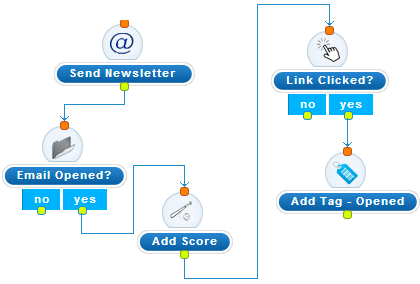
- And Give it To Them: The third step is to use email tracking as a trigger for lead scoring, tagging and segmentation that automatically personalizes the customer journey. This empowers prospects to build a personal relationship with your brand on their own terms, exploring what interests them throughout the marketing cycle. This also works with repeat customers curious about upgrading or expanding their relationship with your company.
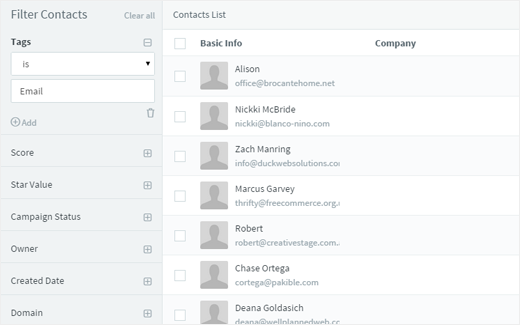
Hint: Link tracking isn’t just for email. Include shortened links in mobile marketing messages and track the results. This is especially important for ecommerce companies, whether you’re using mobile for transactional or engagement marketing.
Better Sales
When implemented correctly, email tracking leads to better sales. “Better” sales? Isn’t the goal always just to increase those sales numbers at any cost?
The truth is that there’s no point to increasing sales numbers if those customers aren’t the right customers for your business. If you have a high-value product (and I hope you do), then you want high-value customers who will grow with your business in the years to come.
Tracking contact engagement with your email content across sales, marketing and support, not only do you end up selling to pre-qualified leads, but you also get customers driven to engage with your business. Your brand becomes a part of their story, instead of the other way around.
- Higher-Value Sales: The globalized, digital world has made pretty much every industry a buyer’s market. Email tracking with real-time alerts helps you serve those buyers in real time. When leads come to the sales team pre-qualified by email tracking, they are likely higher-value prospects, and there’s no need to sort through spreadsheets of lead scores — set up real-time alerts for instant notifications the moment a prospect is buy-ready.
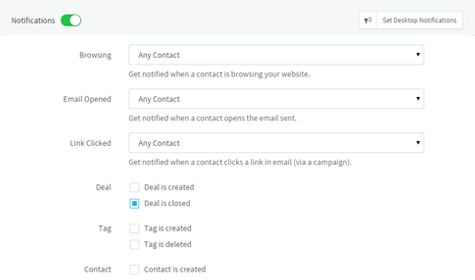
- Loyal Customers: With email tracking results included in contact timelines, your sales team always has a complete view of customer histories with your company. This makes it easier to build trust — and close deals — through honest communications.
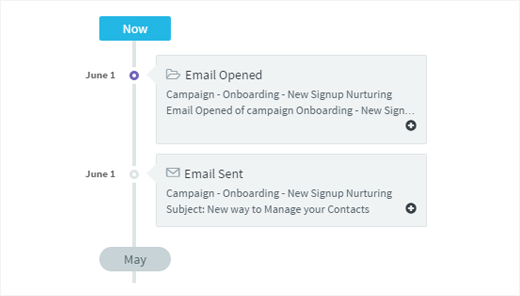
- Constant Improvements: When implemented across the customer lifecycle, email tracking allows for telescopic reporting. Understand individual contact interests and behavior while never losing sight of the big picture.
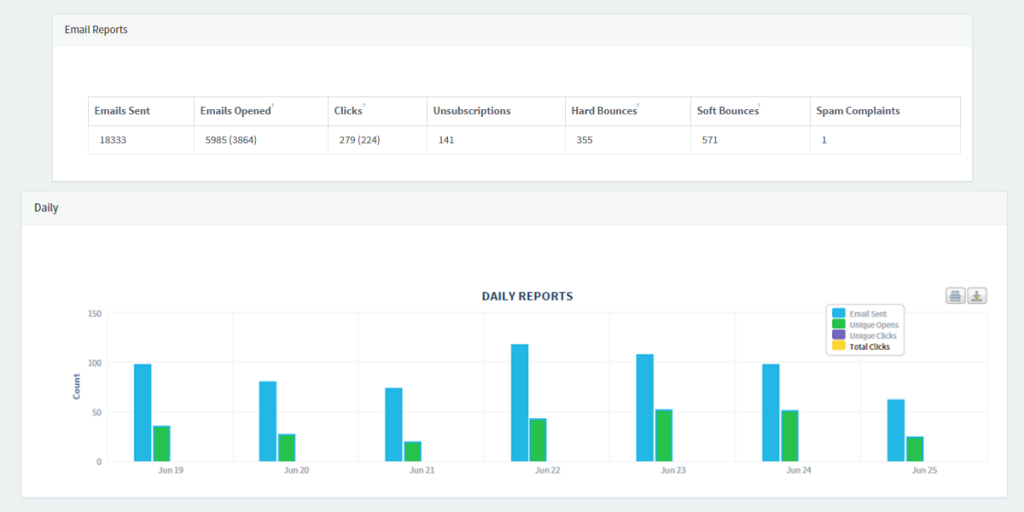
How can your brand’s story become even more engaging? Answer that question regularly and you won’t just get higher email ROI, you’ll get customers for life.
I hope this post inspires you to think strategically about email tracking. It’s more than just email opens, and it can take your business to the next level by automatically aligning sales and marketing. That alignment is automatic, but only if you follow the best practices outlined above. Otherwise, you’ll be right back where you started!
1 Comment
Joe Ashbridge
about 9 years agoSuper well done and I certainly appreciate the insights.
Reply